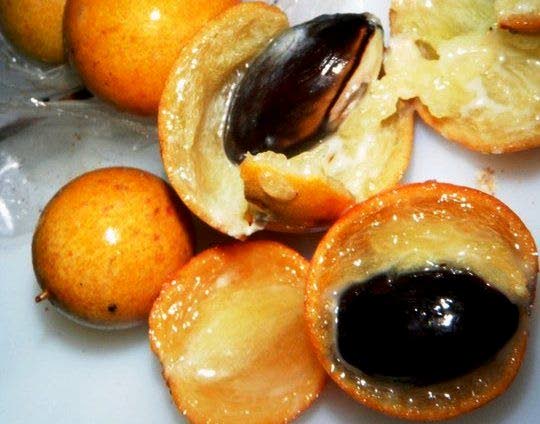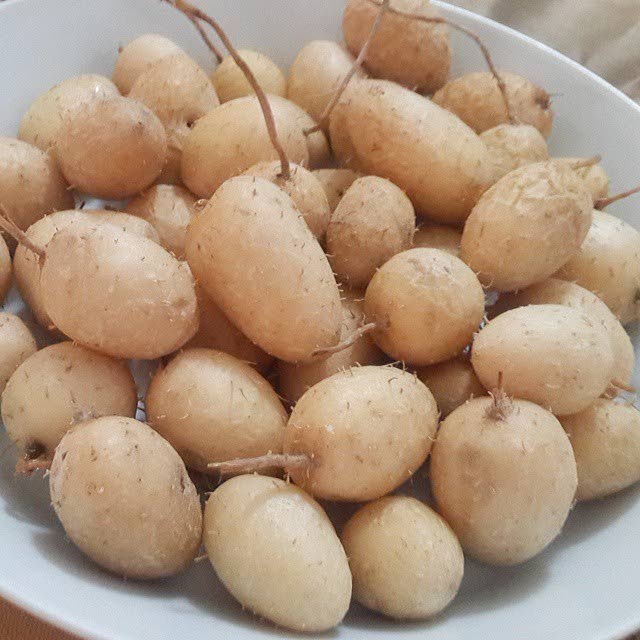Topi tambo and balata here again

SEETA PERSAD
ONE of my fondest childhood memories is going hunting for fruits with my siblings in the bushes. I grew up in the rural district of Mandingo Road, close to Moruga. In this area there is an abundance of indigenous fruits and root vegetables which were a source of good nutrition for children of yesteryear.
Today, if they are not available in the market it is hardly likely that anyone would go searching for these fruits or roots. One fruit I remember distinctly is lay lay or manjack as it was sometimes called.
These sticky, red cherry-like fruits grow on tall trees and birds relished them when they were in season. They were simply delicious. I have not seen this fruit for a long time as many of these trees would have been cut down to make way for development. Another lesser known fruit is the balata which is in season and selling at $20 for a bag with at least ten. I find myself looking for this fruit every week at the market.
The root crop that was a staple for us in the 60s was topi tambo. We grew this in our backyard and during the Lenten season it was a dish we looked forward to on a daily basis. Topi tambo or calathea allouia is rich in nutrition, very satisfying and available throughout TT. It is now on sale at various markets and roadside stands.
At the Barrackpore market I bought two pounds for $25. First thing I did was put on a pot of water, washed the topi tambo and put them in the boiling water. I added salt and left it to cook for about 15 to 20 minutes. This was my breakfast.

Topi tambo can be added to green salad to compliment any meal. Unlike the other root vegetables such as yams, cassava and eddoes, topi tambo can served as a snack on its own. The other roots must be peeled, boiled and cooked and are commonly eaten with beans, rice or roti. Topi tambo belongs to the arrowroot family and is native to northern South America and the Caribbean.
Topi tambo contains carbohydrates but little protein. Its healthy complex carbs fuel the body, allowing it to conserve protein for uses other than energy production. It is also rich in fibre, which helps maintain a healthy digestive tract and is an excellent source of vitamins C and B6. It is low in fat, as it helps to reduce overall dietary fat consumption to a healthy level.
Apart from bananas and citrus the fruits that are quite common where I grew up included, chennette, cashew, pommecythere, pommerac, sapodilla, balata, passion fruit, sour cherry, banga and carambola (five fingers).

Comments
"Topi tambo and balata here again"